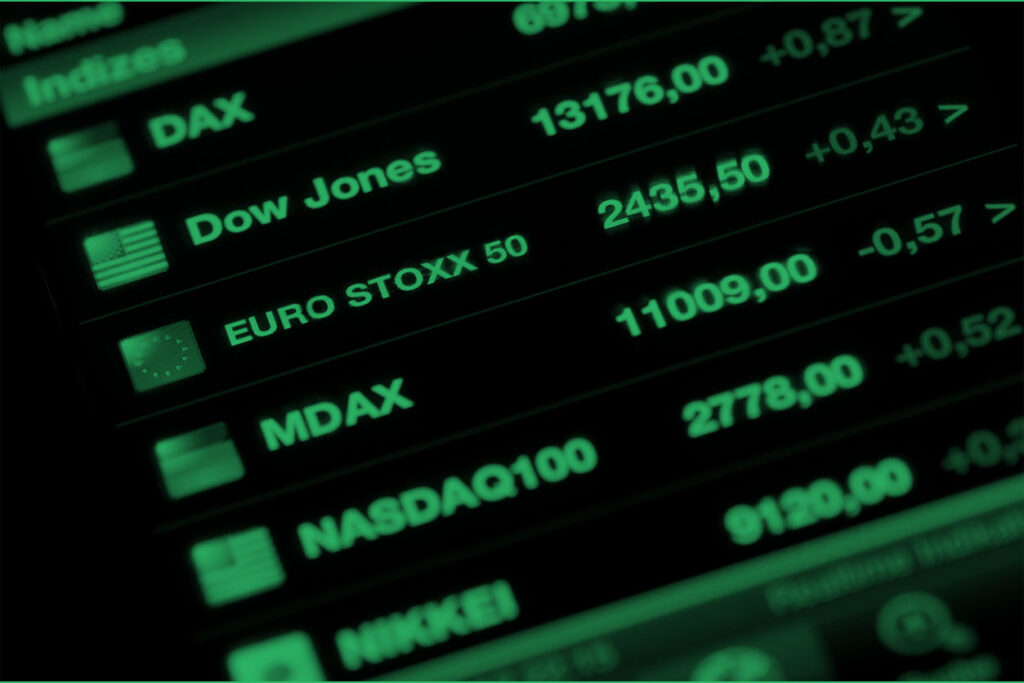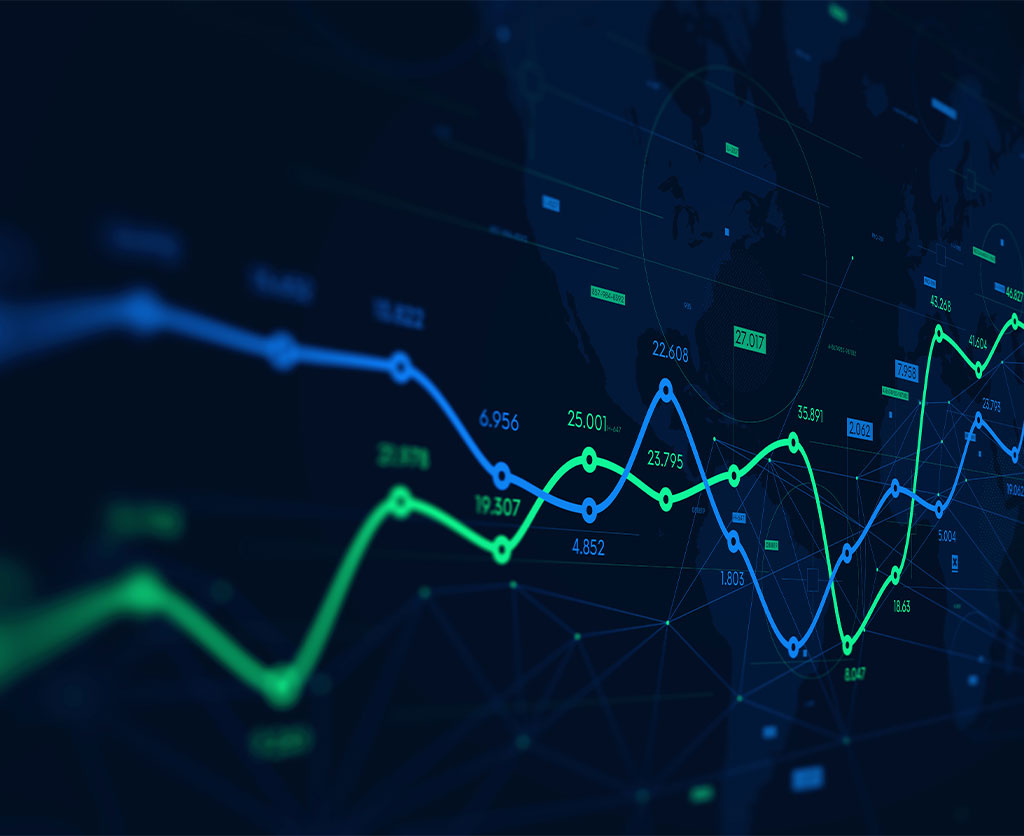Navigating Stock Market Volatility: A Trader’s Guide

Introduction to Volatility
Volatility is crucial in understanding stock market movements. It refers to the frequency and intensity of price changes of a security or market index. In the world of trading, understanding volatility is key to navigating market ups and downs.
Key Topics
Volatility: A measure of price fluctuation in securities.
Measuring Volatility: Done through standard deviation or variance.
Impact on Prices: High volatility indicates large price swings.
Relevance in Options Trading: Crucial for pricing options contracts.
Types: Includes implied and historical volatility.
See our full range of stock CFDs >
Understanding Market Volatility
Volatility indicates the level of uncertainty or risk in the size of changes in a security’s value. High volatility suggests significant price changes over a short period, while low volatility indicates steadier and more predictable price movements.
How Is Volatility Measured?
Volatility is typically quantified using statistical measures like standard deviation or variance, which show the extent of price variability from the average.
Standard Deviation: This is the most widely used measure of volatility. The standard deviation of a stock’s returns measures how much the stock’s price deviates from its average price over a specific period. The formula for standard deviation (σ) is:
Where:
Historical Volatility (Annualised Standard Deviation): This method calculates the annualised standard deviation of past stock prices. It involves first computing the daily returns of the stock, then finding the standard deviation of these returns, and finally annualizing it. The formula is:
Where 252 represents the typical number of trading days in a year, and σ is the standard deviation of daily returns.
These calculations give an idea of how much the stock’s price has varied in the past, which can be an indicator of the risk involved in investing in the stock. Higher volatility means higher risk, as the stock’s price is more unpredictable. It’s important to note that past volatility does not guarantee future volatility, but it can be a useful metric for assessing risk.
Types of Volatility

Implied Volatility: Predicts future market volatility; crucial in options trading.
Historical Volatility: Analyses past price changes over set periods.
Volatility and CFD Trading
For CFD traders, volatility can present unique opportunities. Through CFD trading, investors can speculate on price movements without owning the actual asset, potentially benefiting from market fluctuations.
Final thoughts
Volatility is a fundamental concept in stock trading, affecting how securities are priced and traded. For CFD traders, understanding and navigating volatility is essential for capitalising on market movements. Remember, with increased volatility comes increased risk, making informed strategies crucial for success in volatile markets.
FAQs
What causes stock market volatility?
Economic events, corporate news, and market sentiment are primary drivers of volatility.
Is high volatility good for trading?
It can provide opportunities, especially for short-term traders, but also increases risk.
How does volatility affect day trading?
Day traders may potentially benefit from volatility, aiming to capitalise on rapid price movements.
Can volatility be predicted?
While tools like implied volatility can estimate future fluctuations, predicting volatility isn’t always precise.
Why is understanding volatility important?
It helps traders gauge risk and make informed decisions about entry and exit points.

